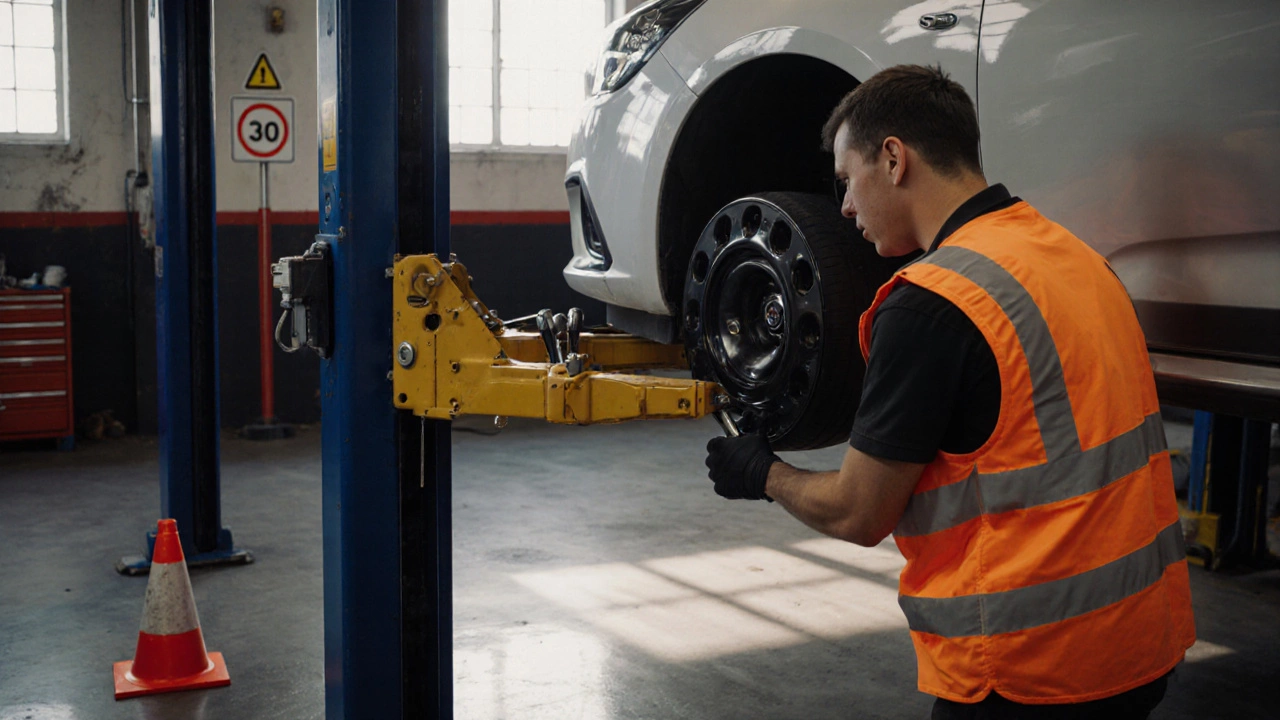Vehicle Handling: Practical Tips for Safer, Smoother Driving
When you think about how a car behaves on the road, handling is the name of the game. It isn’t just about looking good; it’s about feeling confident when you turn, brake, or hit a bump. Below you’ll find simple, no‑nonsense advice that covers the most common mods – wheel spacers, suspension tweaks, and tire wear – so you can make smart choices without getting lost in jargon.
Wheel Spacers and Their Impact on Handling
Wheel spacers are a popular way to widen the track, give the car a more aggressive stance, and sometimes clear up brake calipers. But they also affect the geometry of the steering and the way the tires contact the road. If you install spacers that are too thick, you’ll notice more scrub radius, which can lead to uneven tire wear and a looser feel at high speed.
Safe installation starts with hub‑centric spacers that match your hub bore. That keeps the load centered and reduces stress on the bearings. Many drivers worry that spacers cause bearing failure – the truth is, a properly torqued, hub‑centric spacer won’t harm the bearings. However, you should always re‑check torque after the first 100 km and then again after 500 km.
If you wonder whether you need spacers on all four wheels, think about balance. Using them on the front only can change steering feel dramatically, while putting them on all corners often yields a more predictable handling change. For most street cars, a 5‑mm spacer on each side offers a noticeable stance boost without compromising safety.
Suspension, Ride Height and Tire Wear
Lowering springs are another go‑to mod for a sportier look, but they do more than just drop the car. They stiffen the rear axle, which can reduce body roll and improve cornering grip. The key is to choose springs that match your vehicle’s weight and intended use. Too soft, and the car will bounce; too hard, and you’ll feel every pothole.
Ride height directly influences tire wear. When the car sits too low, the wheel’s top edge may rub against fenders, causing premature wear on the sidewall. Conversely, if the car sits too high, you might get uneven wear on the inner shoulder because the camber changes. A quick camber check with a simple gauge can tell you if the alignment has shifted after a suspension install.
Speaking of tire wear, wheel spacers can also play a role. By moving the wheel outward, you alter the scrub radius and change how the tire slides sideways during a turn. That can create a “feather‑ed” wear pattern on the outer edge if you’re not careful. The cure? Keep your alignment within spec and avoid over‑spreading the wheels. A 3‑5 mm spacer is usually safe for daily drivers.
Finally, remember that any modification that changes handling should be followed by a professional alignment. A proper alignment sets the caster, camber, and toe to match the new geometry, ensuring the tires wear evenly and the car feels stable.
In short, handling upgrades are all about balance. Choose hub‑centric spacers, keep them modest in size, pair them with a proper alignment, and select suspension parts that suit your driving style. Follow these steps and you’ll enjoy a tighter, more confident ride without the surprise of premature tire wear or shaky steering.

How Lowering Springs Change Your Car’s Handling - Pros, Cons & Tips
Learn how lowering springs affect handling, grip, comfort, and tire wear, plus installation tips and a comparison with coil‑overs.

Wheel Spacers: Are They Safe for Everyday Driving?
A practical guide on wheel spacers, covering safety, installation steps, legal limits, and alternatives for daily drivers.